Donations from Lee Kun-hee's collection: From national treasures to Western masterpieces
By Apr 30, 2021 (Gmt+09:00)
LG Chem to sell water filter business to Glenwood PE for $692 million


Kyobo Life poised to buy Japan’s SBI Group-owned savings bank


KT&G eyes overseas M&A after rejecting activist fund's offer


StockX in merger talks with Naver’s online reseller Kream


Mirae Asset to be named Korea Post’s core real estate fund operator



The Samsung Group heirs' announcement that they will donate some 23,000 pieces of art and cultural artifacts collected by the late Chairman Lee Kun-hee to the country’s public museums is attracting an extraordinary level of attention from art lovers in South Korea and abroad.
Estimated to be worth more than 2 trillion won ($1.8 billion), Lee’s distinct assortment of art includes 16 government-designated national treasures, 46 treasures as well as paintings by some of the most prominent artists of the Western world, incluing Claude Monet, Pablo Picasso and Salvador Dali.
From the Gilt-bronze Standing Bodhisattva Triad, South Korea’s 134th national treasure, to Flowers and Butterflies by the country’s preeminent female painter Chun Kyung-ja, below are some of the most striking pieces in the donated collection.
TREASURES FROM ALL PERIODS OF KOREAN HISTORY

This painting by Kim Hong-do, arguably the most renowned painter of the Joseon Dynasty, illustrates a scene in the poem titled Chuseongbu, or Sounds of Autumn, composed by Ou Yangxiu of China’s Song Dynasty.
The work captures a line in the poem, which reads: “Only the moon and stars are shining brightly, sir. I can find no trace of a person. The noise is made by the swaying of tree branches.”
This is the reply of an errand boy in response to his master’s instruction to check outside after the master hears a noise while reading a book in his room, according to a description by the Cultural Heritage Administration, a government agency responsible for the preservation and promotion of Korea's cultural heritage.
Kim was 61 years old in 1805 when he finished the painting, his final piece before his death in 1806. Experts say that this painting embodies Kim’s musings on the transience of life.

Avatamsaka Sutra is the principal scripture of Korea's Avatamsaka sect, also called the Flower Garland school of Buddhism.
The main idea in the Avatamsaka Sutra is that the Buddha and all other living things are not different or separate entities, but one.
The first page of the book shows a fine painting sophisticatedly colored in gold, which captures the essence of the book.
While the exact year of this transcript’s production is not known, it is estimated to have been published between 1341 and 1367, at the end of the Goryeo Dynasty (918-1392), during which Buddhism was the national religion.
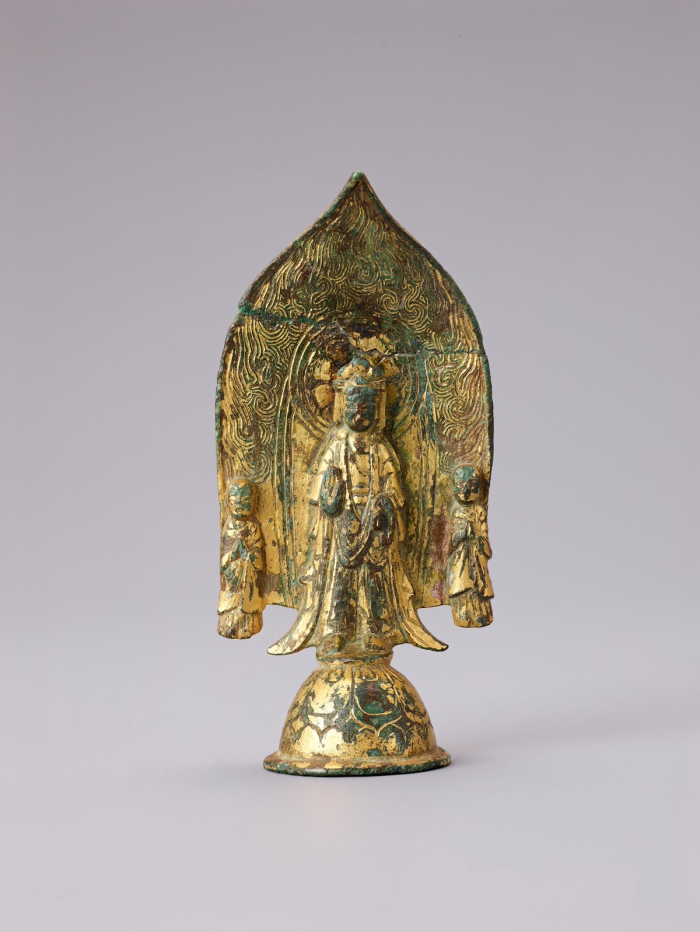
Another piece that depicts the country’s long history of Buddhism is this unique object that shows a Bodhisattva with two attendant Arhats. The statue dates back to the Baekje Period (18 BC-660 AD), more than 1,500 years ago.
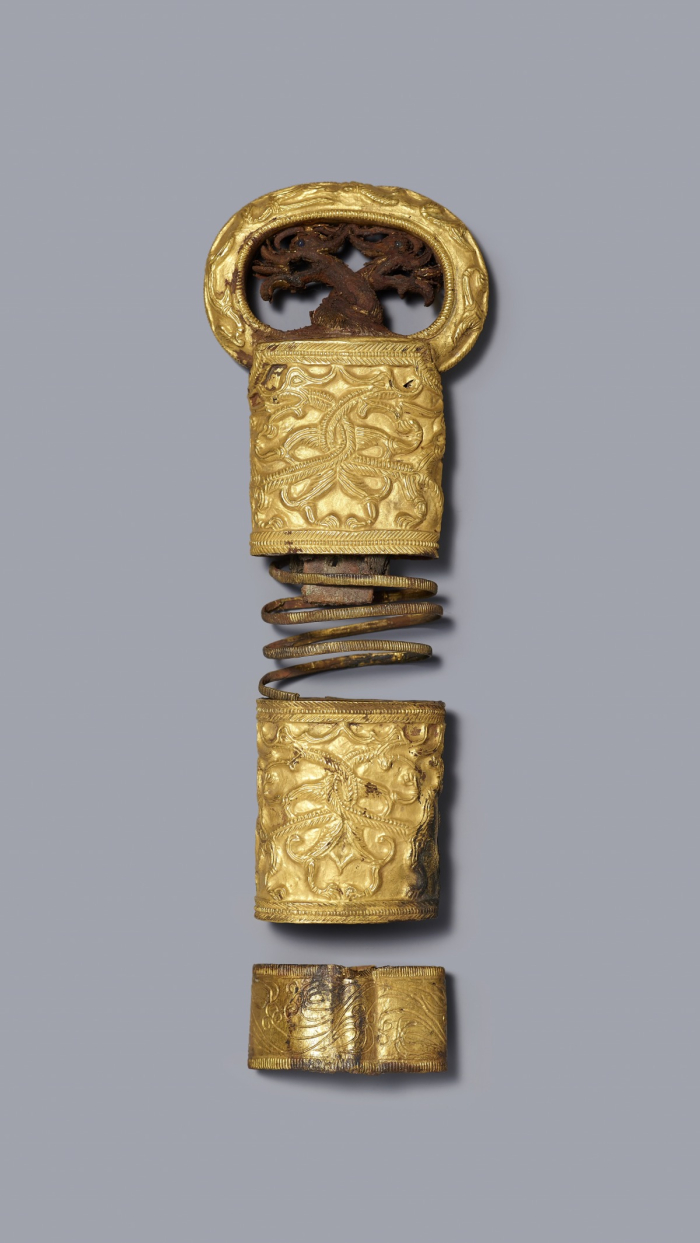
This large sword is also from the Three Kingdoms era, found in a tomb from the Silla Period (57 BC-935 AD). This sword consists of a handle made of gold and a blade made of steel, with a loop at the end of the pommel.
The magnificent dragon design indicates that the owner of the sword might have been a nobleman of high status, according to the Cultural Heritage Administration.
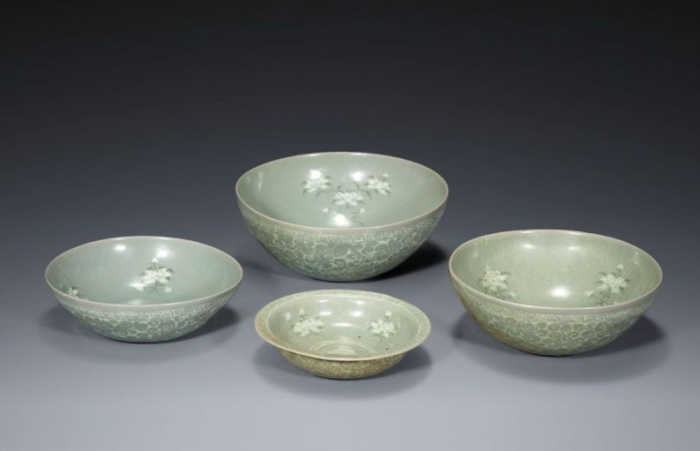
Lee Kun-hee’s wide range of artwork also included priceless ceramics, such as this ensemble of Goryeo celadon dishes and bowls.
The three bowls were used in Buddhist temples and are sets of nesting bowls, varying in size, according to the Cultural Heritage Administration.
The dish has a chrysanthemum on the bottom of the inside, surrounded by four peony flowers. It forms a set with the three nesting bowls.
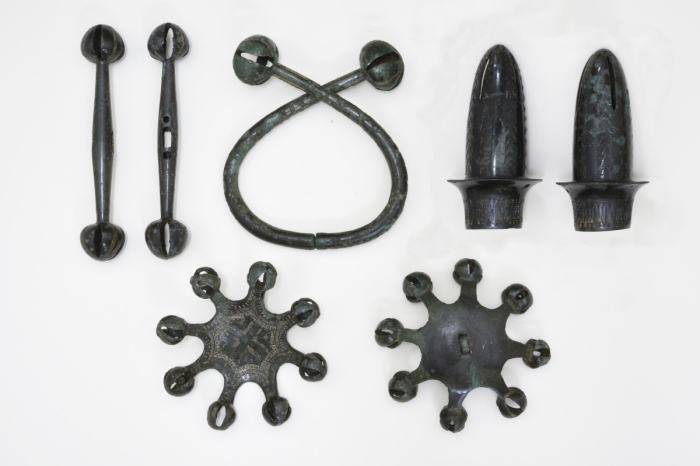
The older pieces in Lee’s collection include these items from the Bronze Age.
The Cultural Heritage Administration says that these objects are thought to have been used by religious leaders, who also served as political leaders, during the Bronze Age as they were believed to have magical powers.
“Lee Kun-hee’s donations truly supplement our museum’s collection of national treasures,” said the National Museum of Korea on Samsung’s donations.
MASTERPIECES OF WESTERN ART
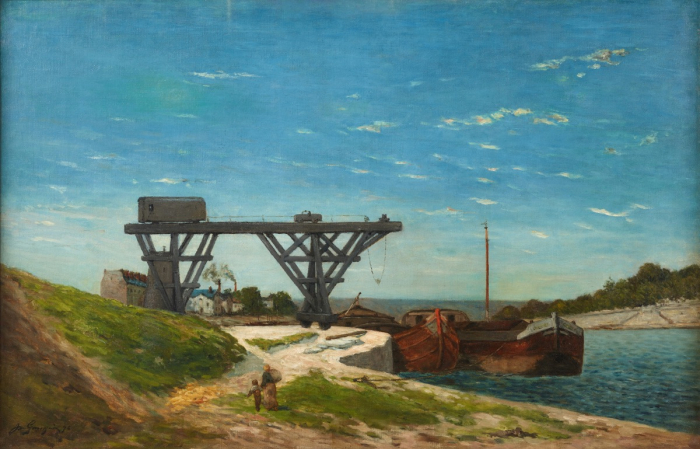
Standing out among Lee’s donation of Western art is Paul Gauguin’s Untitled, painted in 1875 before he started his full-time career as an artist. This piece is said to embody the artistic direction of Gauguin’s earlier works.
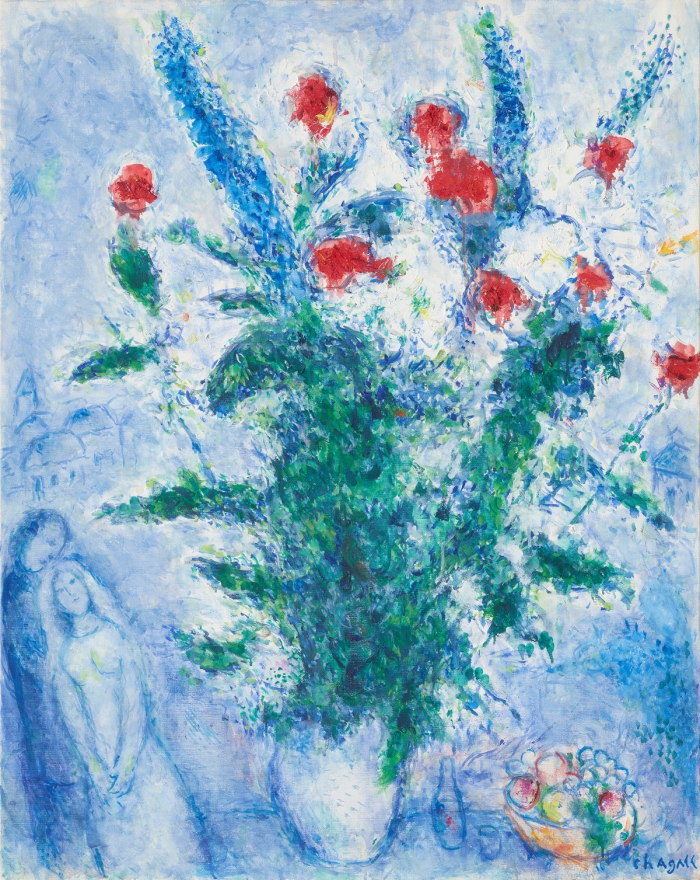
Le Bouquet des Mariés exemplifies the true Chagallian style that puts an emphasis on color contrasts while evoking a dreamlike mood.
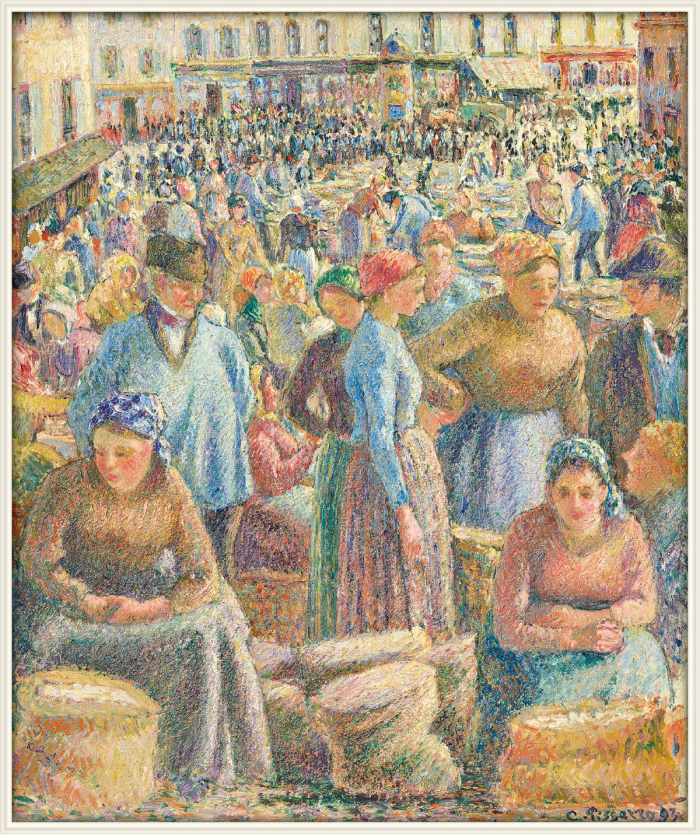
This piece is painted by the impressionist artist Camille Pissarro, considered as one of the best landscape artists to date.
Other pieces of Western art donated by Samsung include those by Auguste Renoir as well as 112 pieces of ceramic work by Pablo Picasso not yet disclosed to the public.
KOREA’S MODERN AND CONTEMPORARY ARTISTS
Samsung Group’s list of donations included art pieces by Lee Jung-seob and Park Soo-keun, considered the two most celebrated painters of Korean modern art.
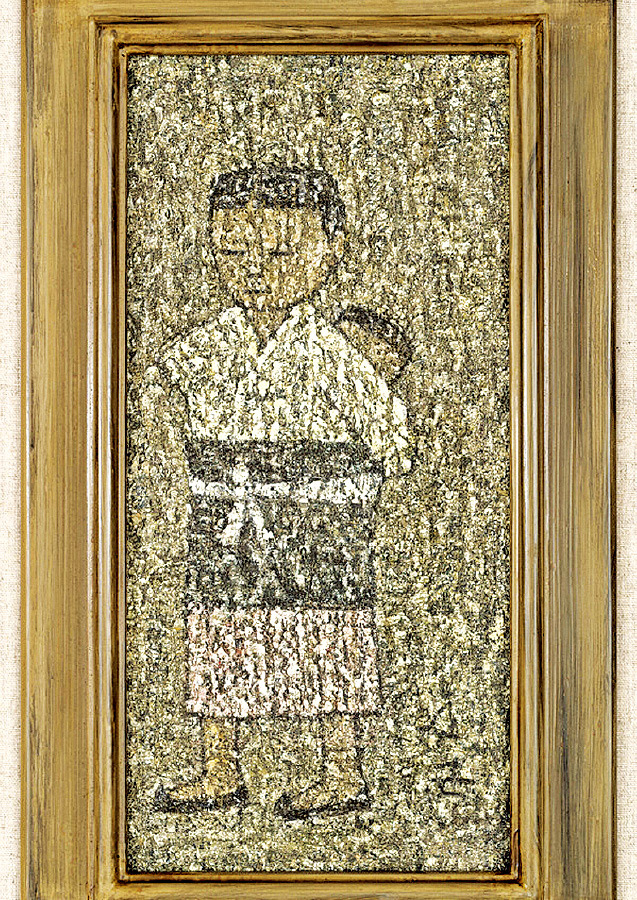
Park Soo-keun Museum, located in Yanggu County of Gangwon Province, received 14 pieces of Park’s artwork from Samsung, including two of his most famous pieces, A Girl Tending to an Infant and Leisure Time.
The museum has a long history of interaction with the Samsung Group, as the late Chairman’s wife and the director of Leeum, Samsung Museum of Art, aided in its creation.
Lee Jung-seob Museum, located on Jeju Island, received 12 pieces of art by the artist, including A Scenery of Seopseom Island drawn in 1951, which he painted while evacuating on the island during the Korean War.
The piece is said to convey one of his happiest memories, when he was living together with his family on Jeju Island during wartime, in his short life.
LEE’S CULTURAL CONTRIBUTION BEYOND THE CAPITAL
The Lee family also made large contributions to local public museums across the country, by donating art pieces to museums located in the artists’ hometowns.
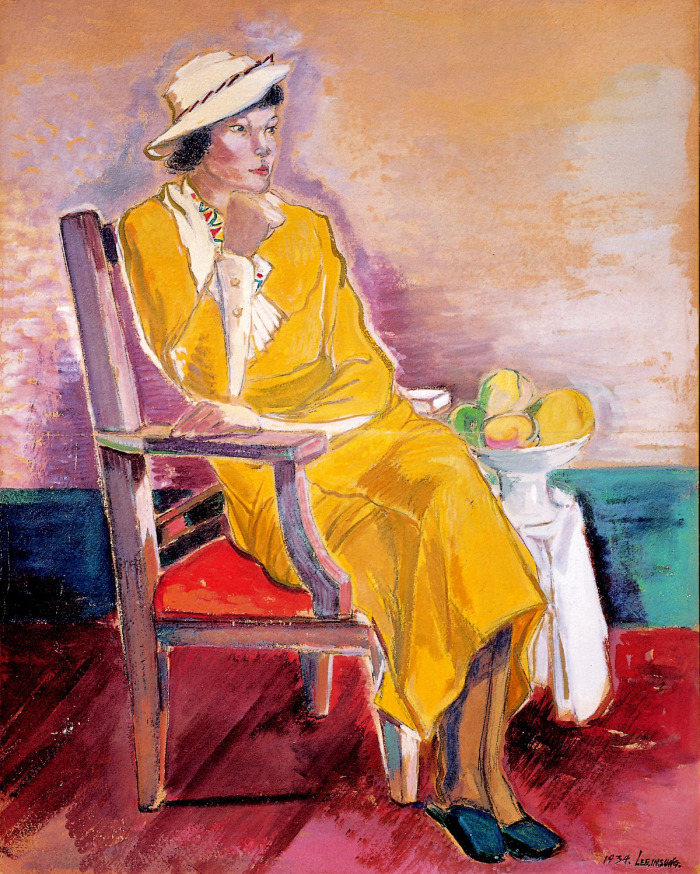
Daegu Art Museum received 21 pieces by eight local artists, including Lee In-sung’s Woman in Yellow, drawn in 1934, and Lee Kwae-dae’s Port.
Daegu is also the birthplace of Lee Kun-hee.
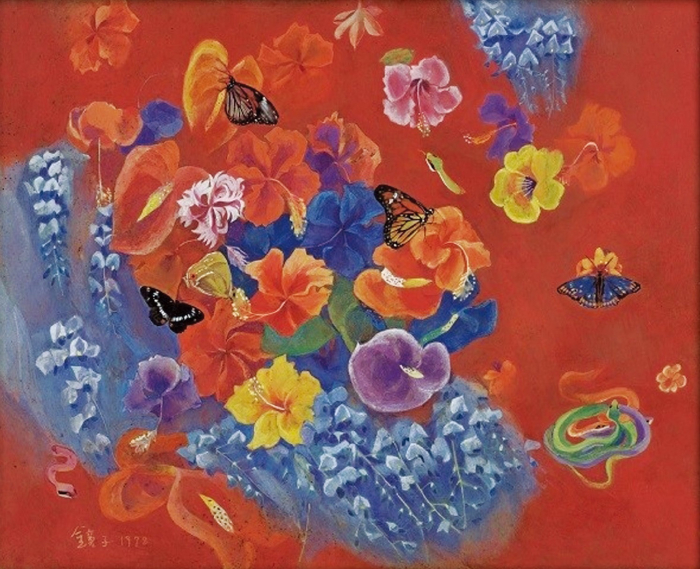
Jeonnam Museum of Art, located in South Jeolla Province, also received 21 pieces from local artists, including Flowers and Butterflies by Chun Kyung-ja.
“Now we can also enjoy a high level of art culture in our province, thanks to Samsung’s donations. We will open an exhibition with the donated pieces from September,” said Lee Ji-ho, the director of the museum.
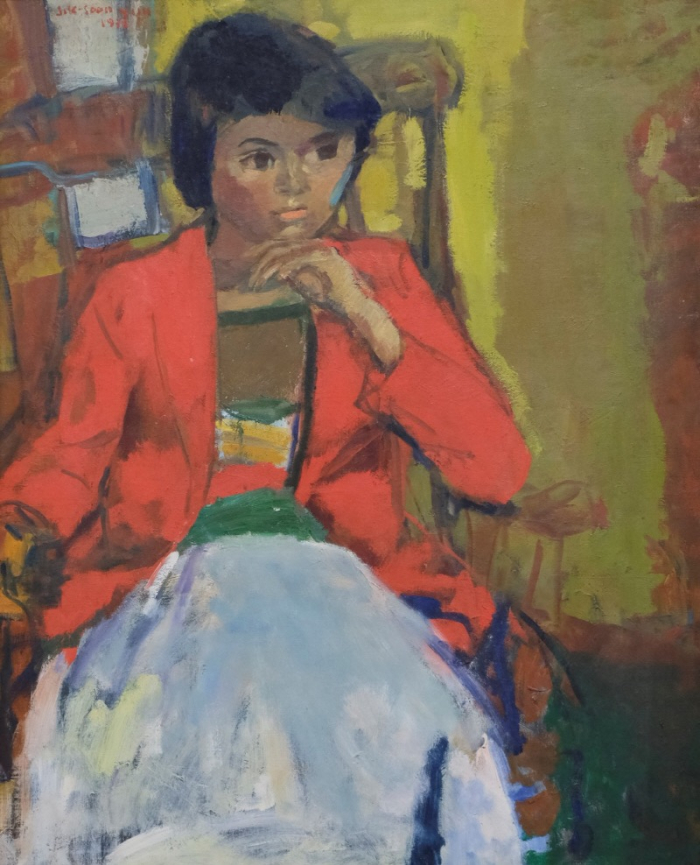
Samsung donated 30 pieces of art to Gwangju Museum of Art, including Yim Jik-soon’s Pose, which portrays a woman sitting in a chair.
“This donation means a lot to our museum, as we previously had the artist’s still life and landscape paintings only,” said a museum representative.
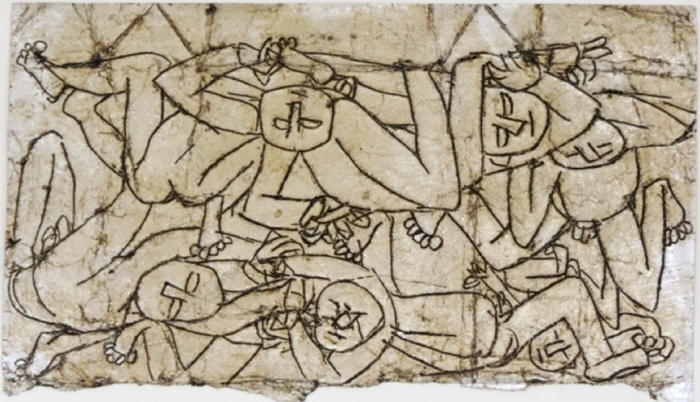
Gwangju also received four of Lee Jung-seob’s silver foil drawings as well as four postcard drawings by the same artist.
Write to Soo-young Seong at syoung@hankyung.com
Daniel Cho edited this article.
-
 Lee Kun-hee CollectionHong Ra-hee: Chief architect of Samsung Group’s art initiative
Lee Kun-hee CollectionHong Ra-hee: Chief architect of Samsung Group’s art initiativeApr 30, 2021 (Gmt+09:00)
3 Min read -
 Lee Kun-hee's legacyWhy Lee Kun-hee wouldn't rest, despite global success
Lee Kun-hee's legacyWhy Lee Kun-hee wouldn't rest, despite global successOct 29, 2020 (Gmt+09:00)
3 Min read -
 Lee Kun-hee's legacyHow the Lee Kun-hee mobile phone became a blockbuster
Lee Kun-hee's legacyHow the Lee Kun-hee mobile phone became a blockbusterOct 28, 2020 (Gmt+09:00)
4 Min read -

-
 Samsung GroupLee Kun-hee’s lavish art collection fuels debate on tax payment scheme
Samsung GroupLee Kun-hee’s lavish art collection fuels debate on tax payment schemeMar 04, 2021 (Gmt+09:00)
4 Min read -
 Art donationSamsung heirs likely to donate over half of Lee's art collection
Art donationSamsung heirs likely to donate over half of Lee's art collectionApr 16, 2021 (Gmt+09:00)
2 Min read -
 Why Lee set fire to over 150,000 mobile phones
Why Lee set fire to over 150,000 mobile phonesOct 26, 2020 (Gmt+09:00)
6 Min read


